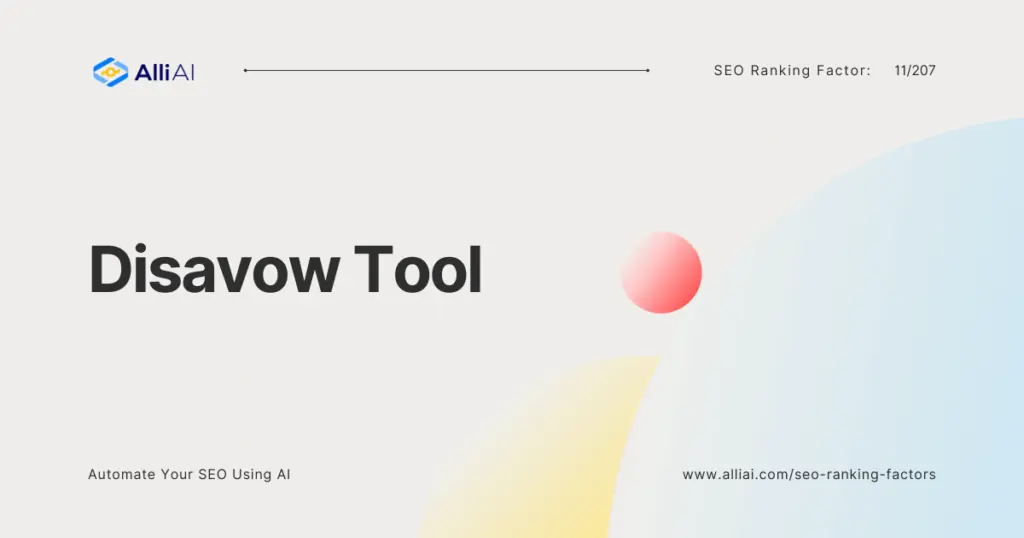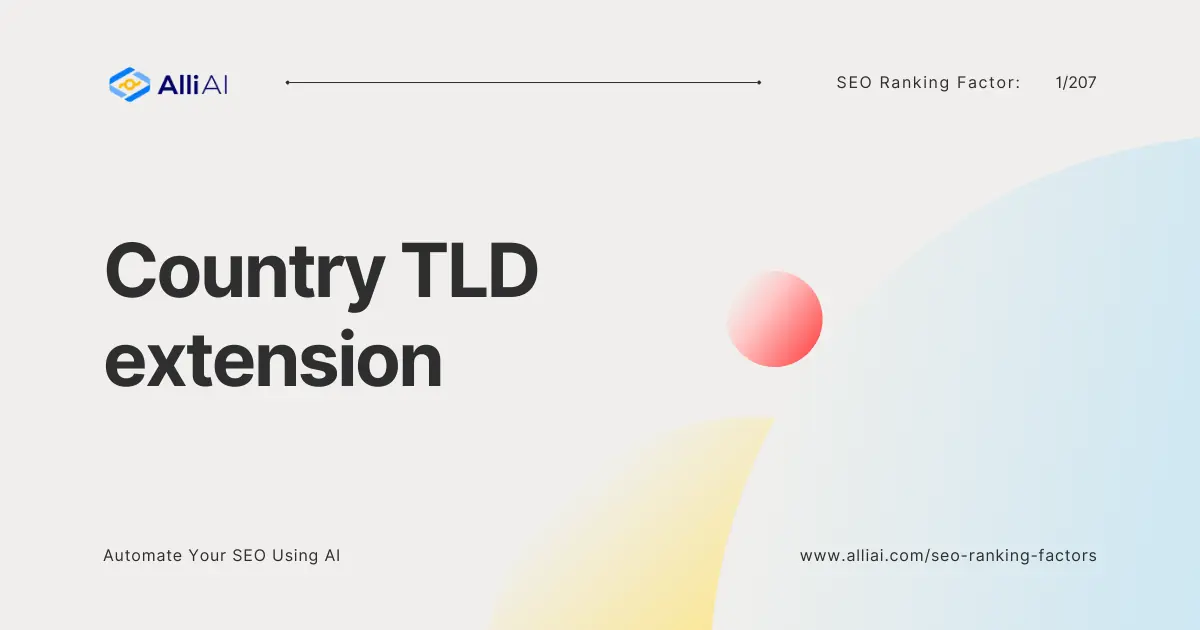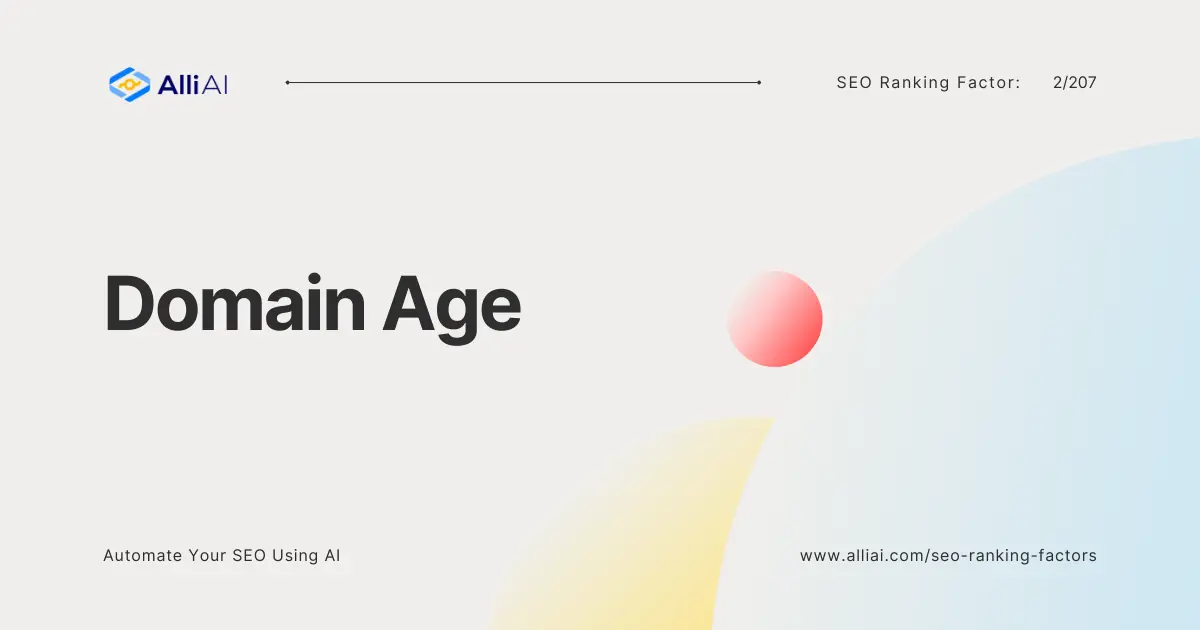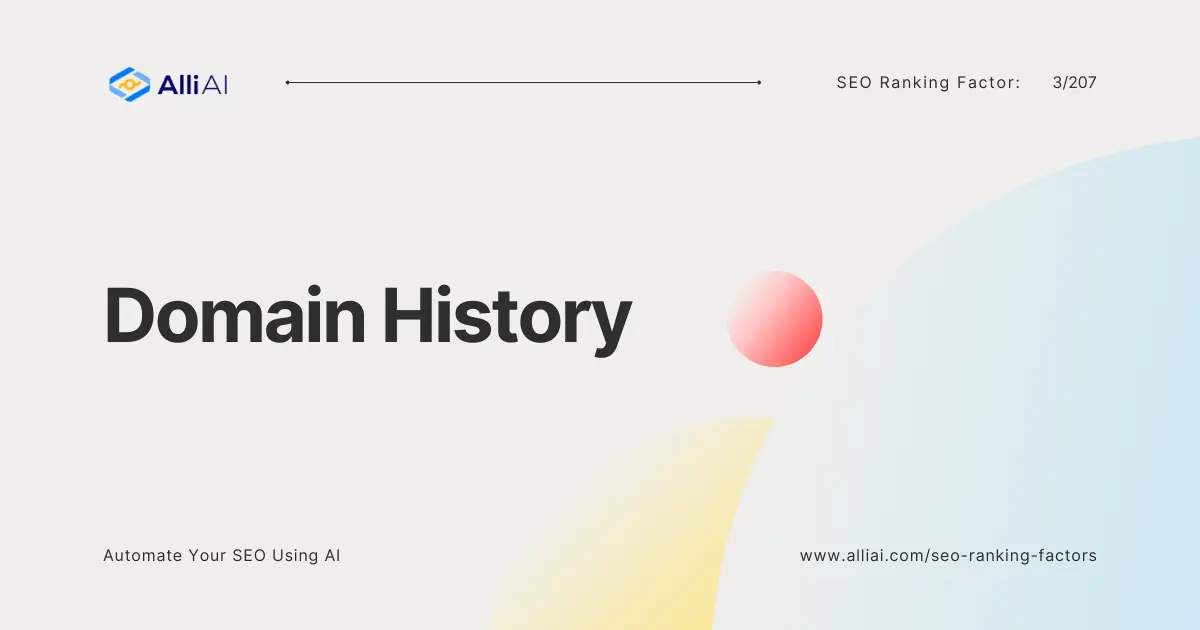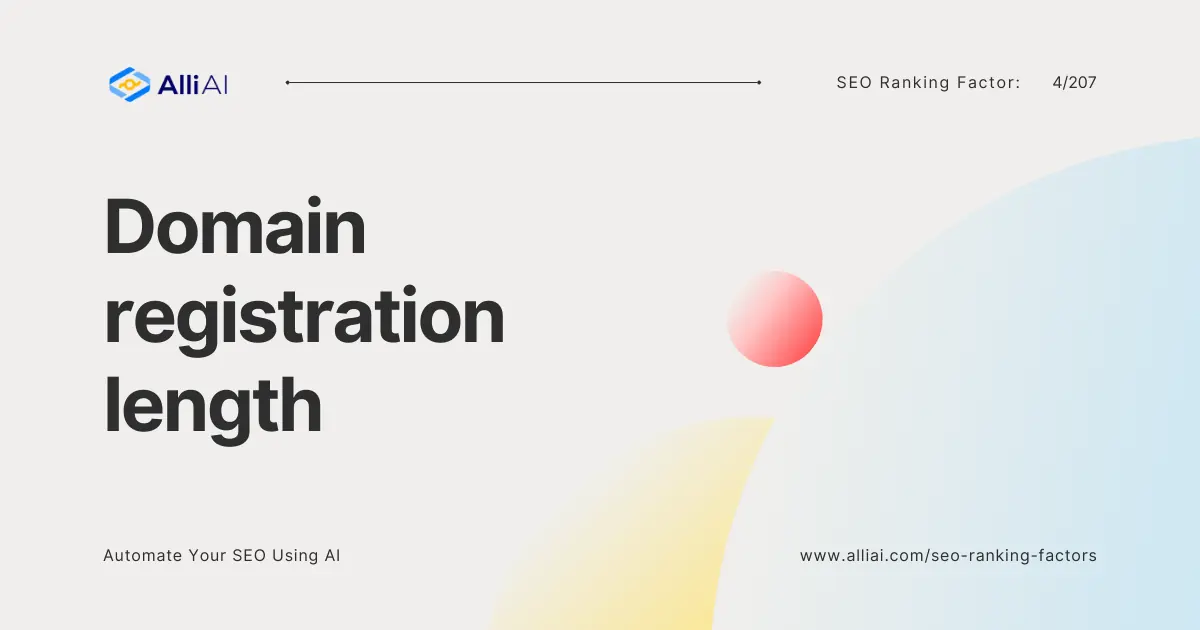Disavow Tool: Understanding Its Role as a Ranking Factor in SEO
In the vast and ever-evolving world of search engine optimization (SEO), understanding the tools and techniques that can impact your site’s ranking is paramount to achieving online visibility. Among these, the Disavow Tool plays a unique role. This tool allows website owners to ask Google not to consider certain links that point to their sites when evaluating their content’s relevance and quality. Think of it as telling a teacher to ignore a few bad grades when calculating your overall score because you believe those grades came from circumstances beyond your control.
Why is the Disavow Tool important in SEO?
The importance of the Disavow Tool in SEO cannot be overstated. It serves as a safeguard for website owners against negative SEO tactics—a practice where malicious parties create harmful backlinks to lower a site’s rankings. In essence, it helps maintain a site’s integrity in the eyes of search engines by enabling owners to distance themselves from low-quality or spammy links that could negatively affect their search engine ranking.
How the Disavow Tool affects SEO
The impact of the Disavow Tool on SEO is both direct and nuanced.
1. Direct Impact: By disavowing links that are artificial or of low quality, a website can potentially see improvements in its search ranking. This is because the algorithm no longer considers these links when assessing the site, leading to a more accurate evaluation of its quality and relevance.
2. Relevant Stats: According to a study by Moz, sites that experienced a drop in rankings due to poor backlink profiles saw an improvement after using the Disavow Tool effectively. Moreover, an Ahrefs study highlighted that removing toxic backlinks led to a positive change in rankings for 75% of websites that had previously been penalized by Google’s Penguin algorithm.
FAQ
What Exactly Is The Disavow Tool?
The Disavow Tool is a feature offered by Google that allows webmasters to tell Google which inbound links to ignore when assessing their site. It’s particularly useful for combating negative SEO and removing the impact of spammy or low-quality backlinks on a site’s ranking.
When Should You Use the Disavow Tool?
It’s advisable to use the Disavow Tool sparingly. Google recommends it only for cases where you believe a considerable number of spammy, artificial, or low-quality links are pointing to your site, and when you are confident that these links are causing harm to your rankings.
Does Disavowing Links Immediately Improve Rankings?
The effects of disavowing links are not immediate. It takes time for Google to process the request and re-assess your site’s link profile. Changes in rankings, if any, will be observed gradually as Google re-crawls and indexes the web.
Conclusion
The Disavow Tool is a powerful yet often misunderstood component of SEO. When used correctly, it provides webmasters with the ability to fine-tune how backlinks contribute to their site’s search engine rankings, acting as a filter for the bad while preserving the good. However, it’s not a magic fix for all SEO woes. It should be employed judiciously, as part of a broader SEO strategy that includes creating high-quality content, improving site speed, and engaging in legitimate link-building activities. Remember, the ultimate goal of SEO is to enhance the user experience and provide value to your visitors. Tools like the Disavow Tool are simply means to help achieve that end more effectively.
